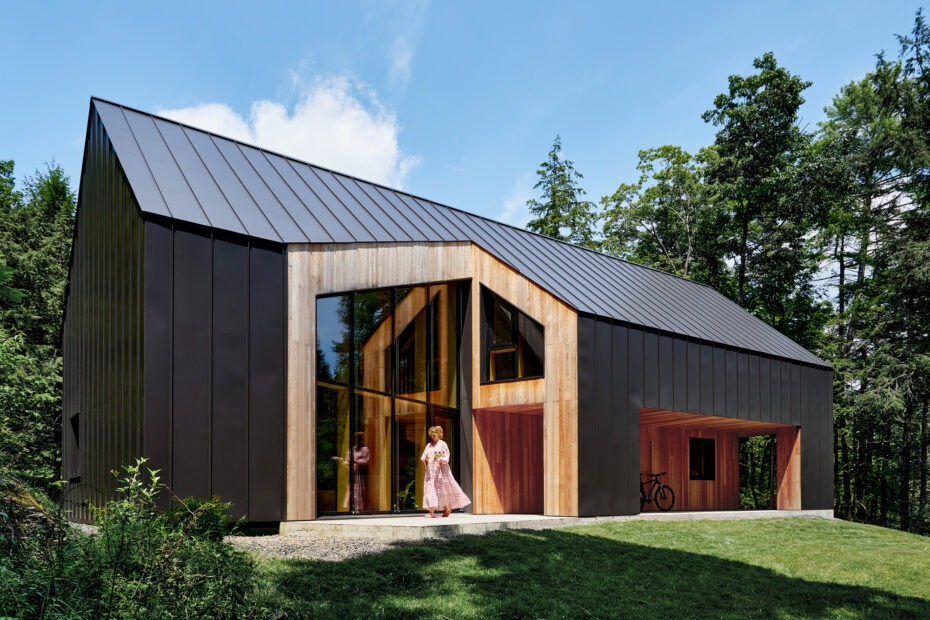Passive House certification is an internationally recognized standard for energy-efficient construction, aimed at creating buildings with a minimal environmental footprint and significantly reduced energy consumption. Windows play a crucial role in achieving this certification, as they can significantly impact a building’s overall energy performance. In this article, we will explore the role of windows in achieving Passive House certification and the key considerations when selecting windows for a Passive House project.
Let’s explore the role of windows in achieving Passive House certification :
The Importance of High-Performance Windows
Windows are a critical component in the energy performance of a building, as they can account for a significant portion of heat loss and gain. In a Passive House project, high-performance windows are essential in minimizing heat transfer and maintaining a consistent, comfortable indoor temperature without relying heavily on mechanical heating or cooling systems.
Characteristics of Passive House Windows
Windows suitable for a Passive House project should exhibit the following characteristics:
- Low U-values: Passive House windows should have low U-values, typically below 0.8 W/m²K, to ensure optimal thermal performance and minimal heat loss.
- High-quality glazing: Triple glazing with low-emissivity coatings and gas fills (argon or krypton) can significantly improve the insulation and energy efficiency of windows.
- Thermally broken frames: Window frames should be thermally broken to minimize heat transfer and ensure energy efficiency. Common materials include wood, uPVC, and aluminum with thermal breaks.
- Air-tight construction: Passive House windows should have an air-tight construction with multiple air seals to prevent drafts and ensure consistent indoor temperatures.
The Impact of Window Orientation
Window orientation plays a vital role in the overall energy performance of a Passive House. Properly placed windows can maximize solar heat gain during the winter and minimize it during the summer, reducing the need for mechanical heating and cooling. South-facing windows are ideal for maximizing solar heat gain, while north-facing windows should be minimized to limit heat loss.
Ventilation and Windows
Ventilation is a key consideration in Passive House projects, as it ensures a healthy indoor air quality while minimizing heat loss. Windows with a tilt-and-turn design or other controlled ventilation options can contribute to a balanced ventilation strategy, providing fresh air without compromising the building’s energy performance.
Achieving Passive House Certification
To achieve Passive House certification, a building must meet strict energy performance criteria, including airtightness, thermal performance, and overall energy demand. High-performance windows are essential in meeting these requirements, as they can significantly impact the building’s energy efficiency and overall comfort.
In conclusion :
Windows play a crucial role in achieving Passive House certification, with their thermal performance, glazing, frame materials, air-tightness, and orientation all contributing to a building’s overall energy efficiency. By selecting high-performance windows that meet Passive House criteria, architects and builders can create sustainable, comfortable, and energy-efficient buildings that adhere to the highest environmental standards.
